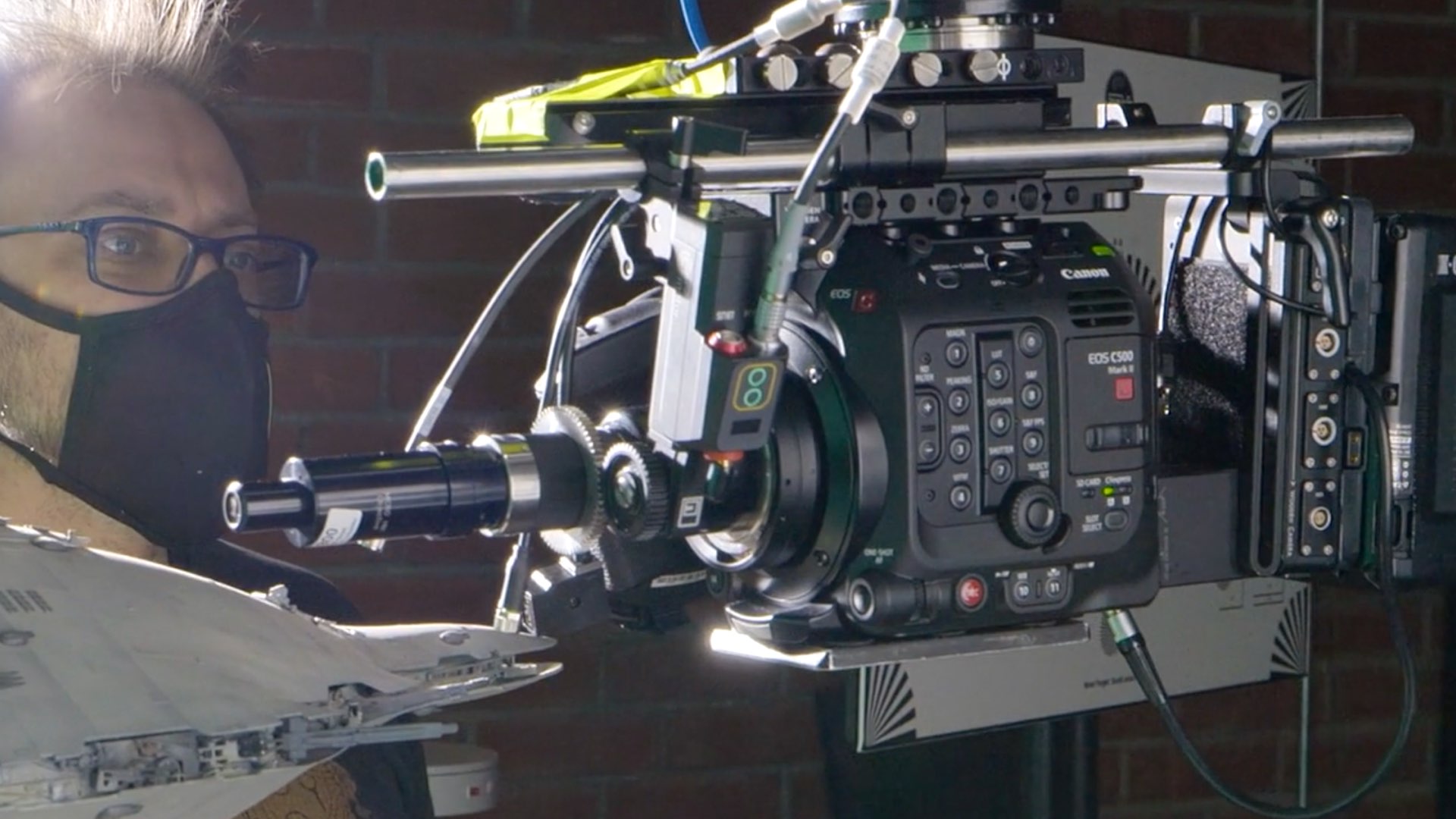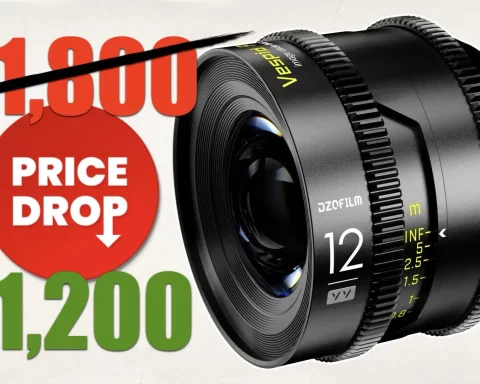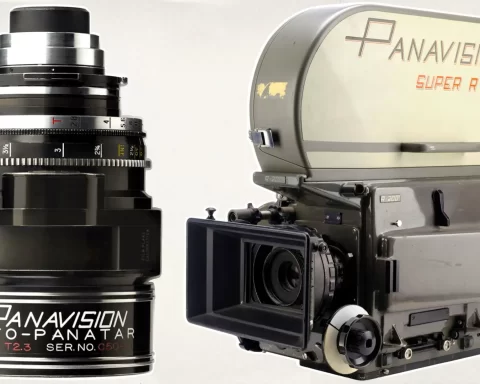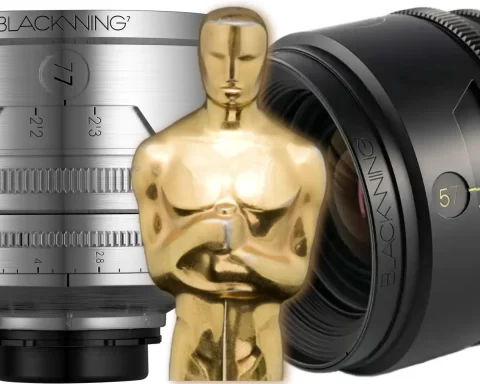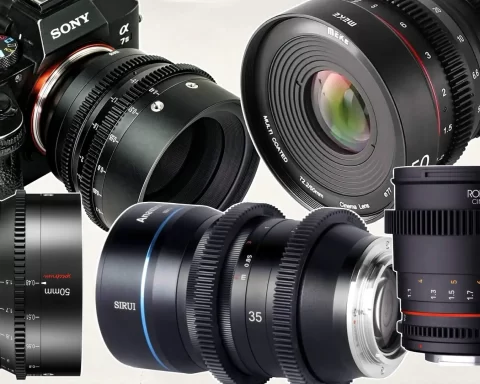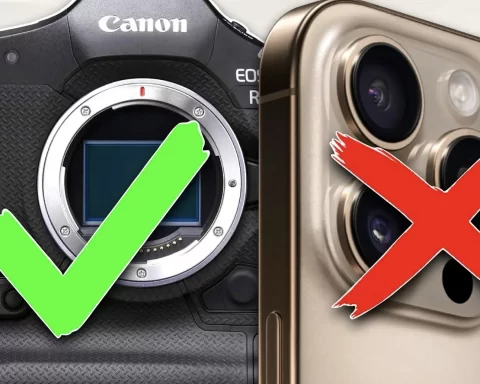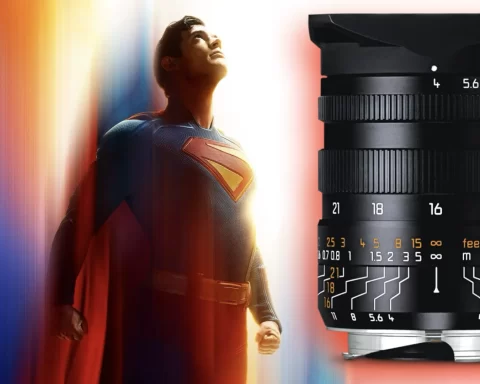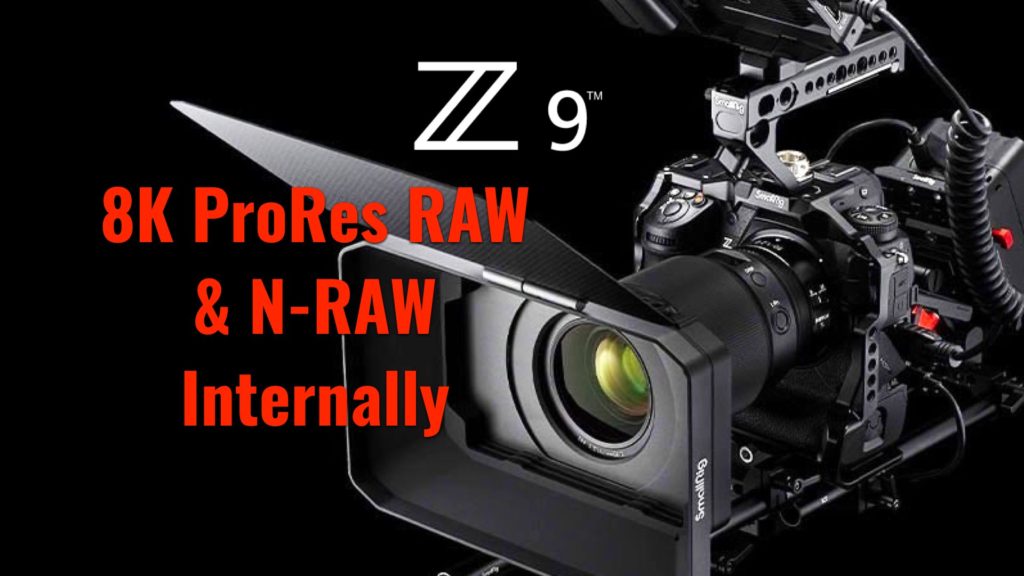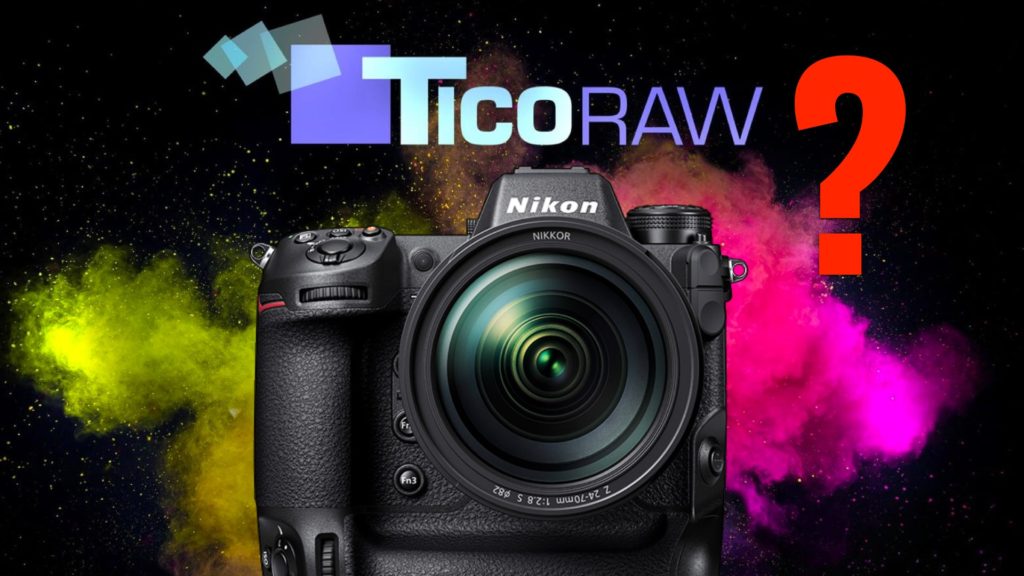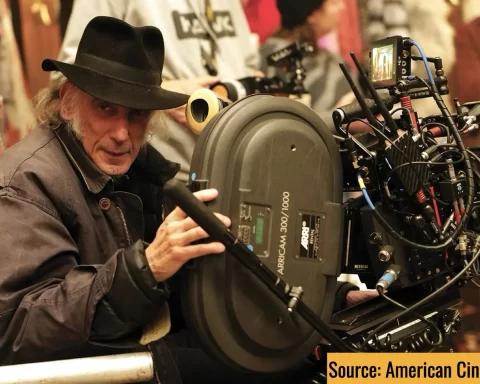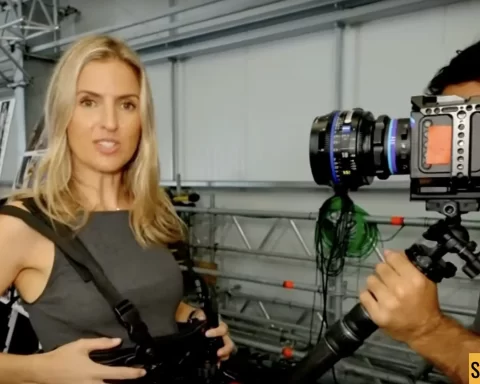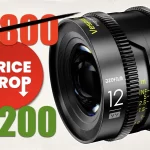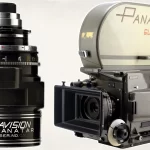Have you heard about micro lenses (probes) in filmmaking? Macro glass is well known and heavily utilized by filmmakers. However, micro lenses, although not new, are less familiar. Luckily, the guys at Digital Cinema Society shed light on micro cinematography, with the help of Infinity Photo-Optical which specializes in prime micro glass.
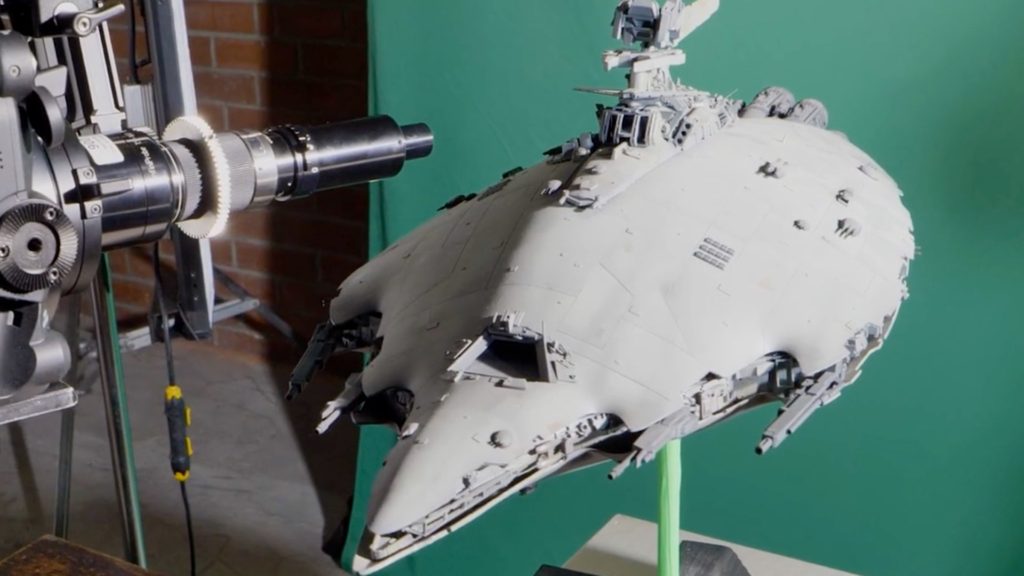
‘Micro lens’ vs. ‘Macro lens’
The distinction for a lens to be classified as a true macro requires it to produce an image size that is as big or bigger than the subject and up to a factor of ten-to-one (X10 or 10:1). However, if you require images with greater magnification than x10, then we must enter the realms of micro images, which use microscope imaging techniques to produce both higher image quality and levels of magnification too (This definition is from the very detailed article titled ‘Macro and Micro Cinematography’ by VMI). You’ve probably seen a microscope lens attached to a cinema camera before. This field is not new. However, this is the time to talk about this kind of glass, since new cameras expand the options for filmmakers. Furthermore, filmmakers and content creators seek new innovative approaches to tell their stories, and indeed, micro lenses offer an unconventional way of accomplishing that.
Clarification: The scientific definition of micro-lenses (microlenses) is: “small lens, generally with a diameter less than a millimeter and often as small as 10 micrometers”. Hence, this article refers to micro (probe) lenses that can be attached to a camera. We call them micro lenses to distinguish them from macro lenses that are very popular in filmmaking.
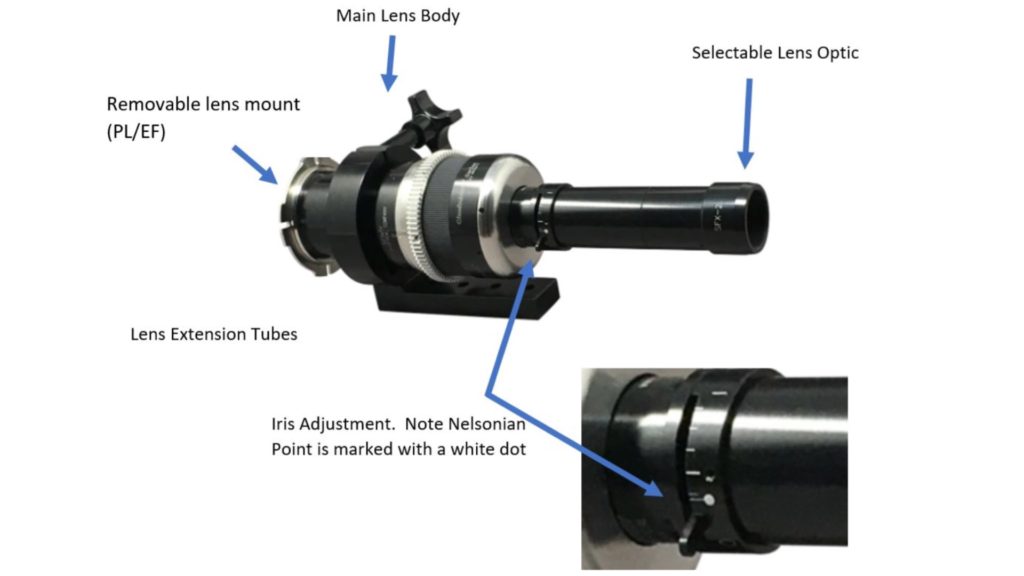
Digital Cinema Society presents an exploration of Micro/Macro cinematography
The Digital Cinema Society published a video that presents an exploration of Micro/Macro cinematography with three DPs including Bill Bennett, ASC, James Mathers, and Cameron Cannon. The trio photograph a variety of shots in order to evaluate the technology which includes not only the lenses, but also the SiSu Robotic Camera Arm, the Canon C500 MkII, and HMIs lighting, and order to allow optimal utilization of the micro glass. The cinematographers share their insights in behind-the-scenes coverage from the tests that were shot at The Camera Division in North Hollywood, CA. Watch it below:
Innovative content creation
Infinity Photo-Optical has been developing special lenses for more than 30 years, making interesting lenses for various applications, mainly industrial. However, in recent years, there’s a tendency of cinematographers and filmmakers to try new things, gaming with different optics, and maneuvering with unconventional imagery approaches in order to tell their stories in much more immersive and intriguing ways. Moreover, cameras changed and now are allowing the privilege of capturing new imagery, for instance, large-format cinematography by larger sensors. Furthermore, camera movements and dynamic methods have changed, as the market offers more possibilities that facilitate macro and micro shooting, like robotics arm, computer-generated kinetics, and more.
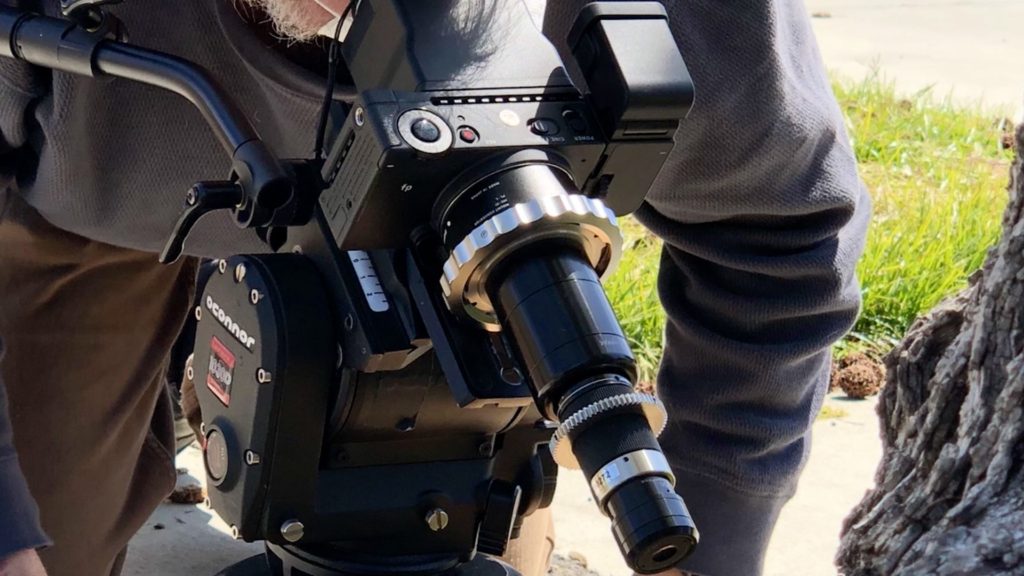
A LOT of light is needed
As explained, Micro lenses use a different method for producing images than regular film and macro lenses, since they rely on microscope optical techniques. As a result, they need a LOT of light to work and haven’t really been practical to use until the wide availability of extremely sensitive camera sensors. Of course, there’s some learning curve to implement those lenses in storytelling. They’re very slow lenses (T-22) and need a huge amount of light. However, with today’s modern (and affordable) solutions, and with open-minded content creators, the sky is the limit. Hence, this is the time to start and play with these lenses and to learn more about micro cinematography and its applications in movie making.
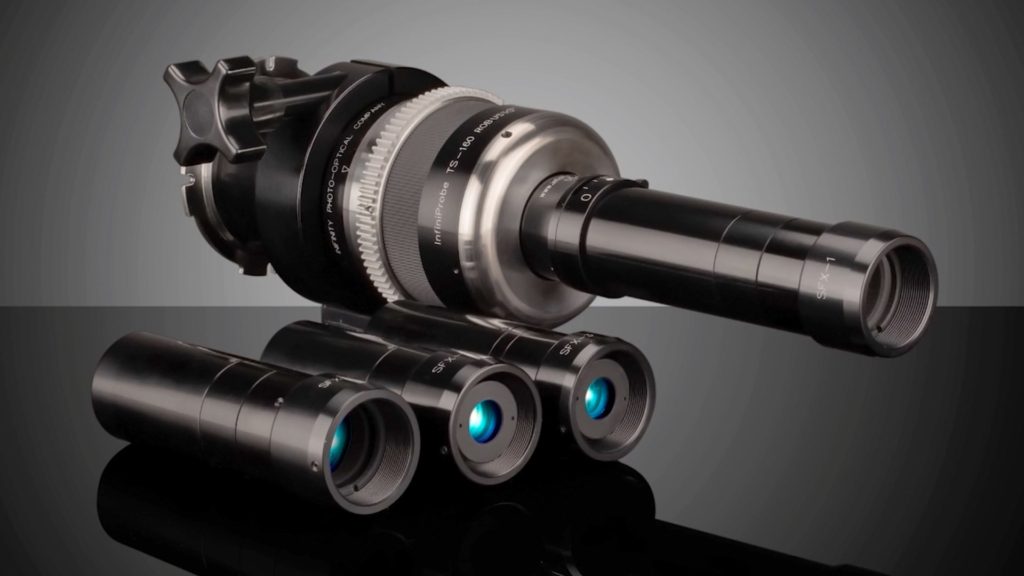
No shallow depth of filed
Hence, the Infinity micro lenses are very slow lenses, and a shallow depth of field can’t be achieved. However, this limitation can be used as an advantage, since the lens carries focus the entire time – no need to worry about focusing. Also, you can get very close to the subject, or shoot far from it, as opposed to macro lenses. The Infinity micro lenses are like macro lenses but with a maximum depth of field. You can capture a coin, and still, everything will be on focus. Another advantage that the Infinity micro lenses offer, is the ability to magnify the object without being so close to it, like in a regular macro lens. Thus, these lenses are ideal for shooting very small fast-moving objects, which can be hardly achieved by a regular macro lens, since the macro glass must be very close to the filmed object, and the focus must remain.
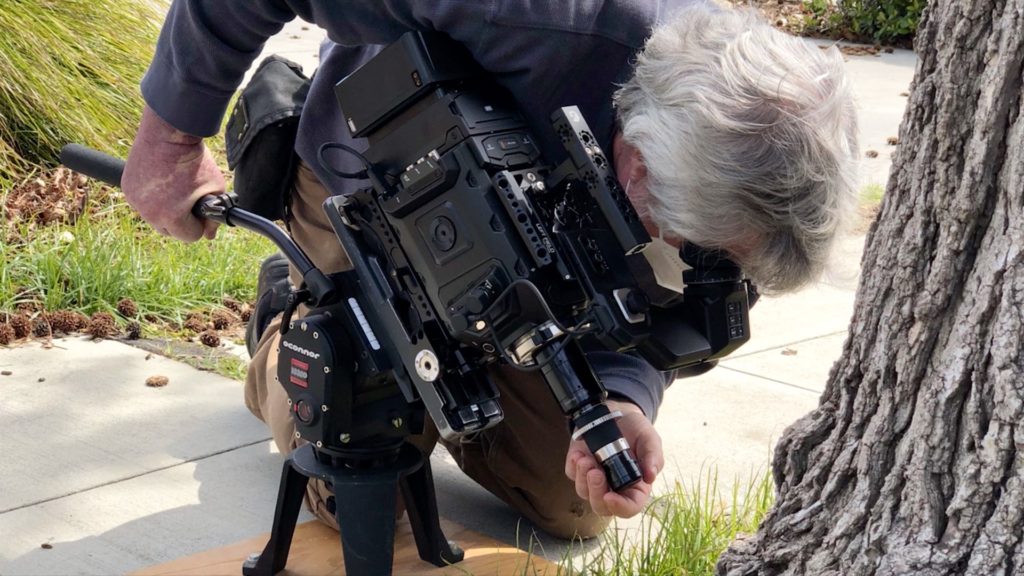
Prices
A micro lens can cost between $3,000 to $5,000. You can find a detailed list of the prices on the Infinity Photo-Optical website.
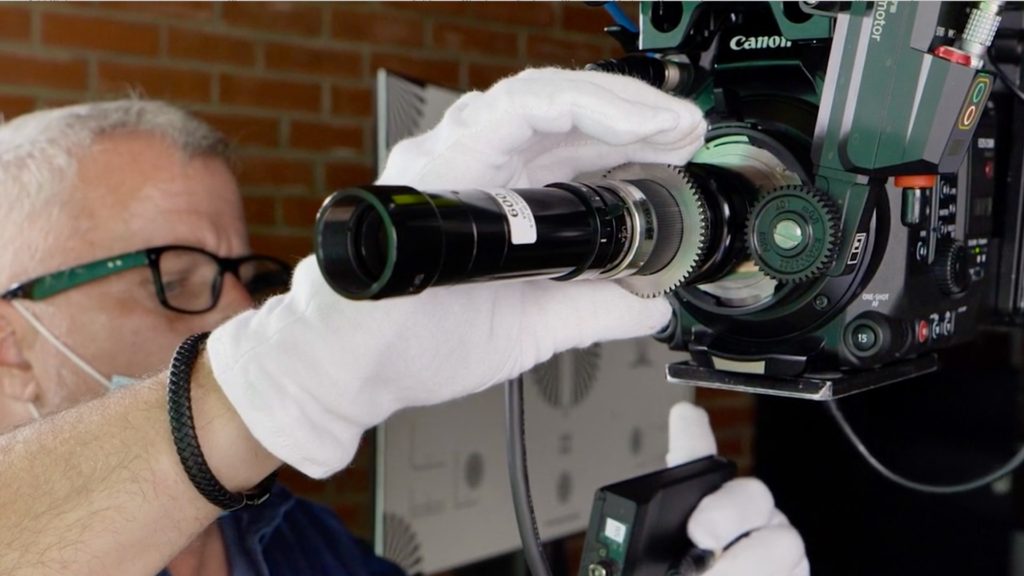
Wrapping up
Shooing with micro lenses can be fascinating and much more forgiving compared to macro lenses. Don’t expect to get those artistic flares and exceptional image quality from a micro lens. Nevertheless, it will grant you, as a visual storyteller, another untraditional angle, that can’t be accomplished on conventional glass.
Product List
Here’re the products mentioned in the article, and the links to purchase them from authorized dealers.
- Canon EOS C500 Mark II 5.9K Full-Frame Camera Body

